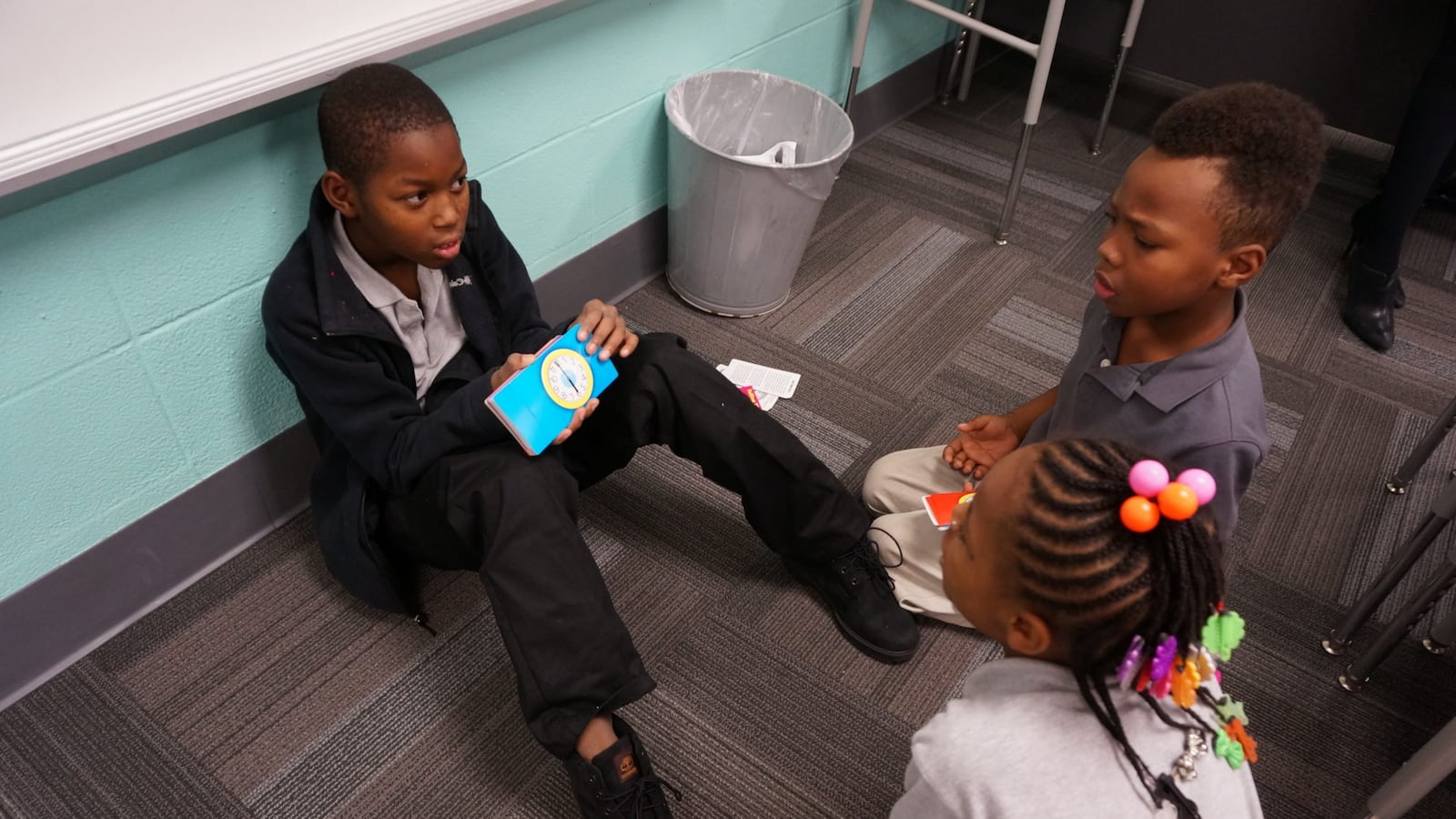Four years after they launched an experiment to allow outside managers to run schools, leaders in Indianapolis Public Schools are grappling with how to measure whether those campuses are succeeding.
Indiana’s largest district took a radical step when it handed management of one of its most chronically troubled schools to a private operator in 2015. In the years since, the innovation network — which also includes new and existing charter schools that are now considered part of the district — has vastly expanded. One in four Indianapolis Public Schools students attends a school run by a private manager.
Now, as the first group of innovation schools nears the end of their contracts, the school board faces an inevitable question: How should it judge the quality of those schools, and should it set explicit standards?
The implications of the decision, which are expected to begin in December, are significant for students. If the board decides not to renew an agreement, a school’s manager could be ousted. That could mean even more disruption for troubled campuses that have already been overhauled with new leaders and teachers in a bid to improve results.
Innovation schools that are independent charter schools could be forced to leave Indianapolis Public Schools buildings or could be cut off from district services, such as busing and food service.
While some innovation schools have seen significant gains on state tests, others continue to flounder. That means the school board will likely face some tough calls as it decides whether to renew agreements. At a board meeting Tuesday, a discussion of the renewal process soon turned to just what the board should demand from schools.
“I think the whole concept is, we made these, especially the takeovers, to improve the options,” said school board member Diane Arnold. If the schools are still getting F grades from the state several years after the overhaul, the approach is not working, she said.
The board can draw a line in the sand, requiring innovation schools to have a certain state grade to win renewal, said interim Superintendent Aleesia Johnson. But if it does, that opens up questions about whether traditional schools, turnaround schools, and independent charter schools should be held to the same standard.
“Does it stay the same standard across all of our schools no matter type?” Johnson asked. “You get stuck sometimes when you draw the line that hard.”
Board member Taria Slack said that the district has to set reasonable expectations for how long it takes schools to improve. “We got to find out, how long does that take for proficiency to kick in?” she said.
Innovation school contracts are designed to be reviewed and potentially renewed on a regular basis — typically every five years. Ahead of board decisions on whether to renew, the administration plans to produce a report on each school. In addition to the data on schools, the reports will incorporate information from visits and interviews with families, staff, and others involved in the schools.
Innovation schools’ mixed results on state tests have been obscured because they have been graded by a more generous measure than most other schools. This year, the earliest group of innovation schools — including schools up for renewal — will for the first time be graded by the state in the same way as other campuses.
How innovation schools fare on state tests and other measures of success will have significant political implications and, potentially, determine whether the district continues to pursue the strategy. Just one new innovation school will join the network next fall. While innovation schools have drawn vocal criticism from some parents and community members who worry they are draining resources and attention from other campuses, supporters of the schools say they are helping improve results for students.
“We started down this road because we believe it’s the best thing to do,” said school board member Venita Moore. “I’m hoping that after four years, we will be able to say that we believe and we are able to show that this has been the right direction.”

